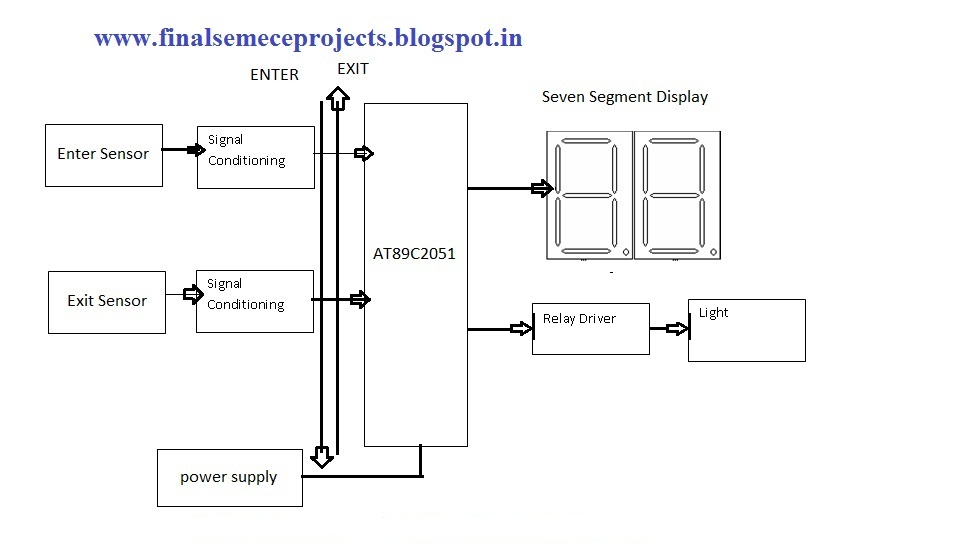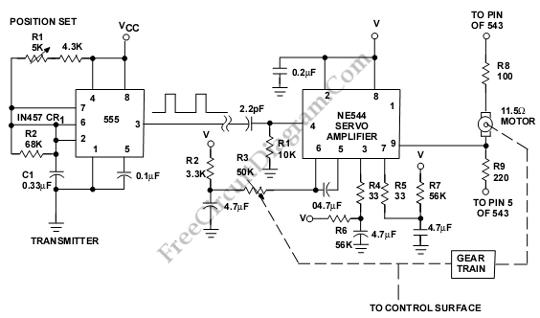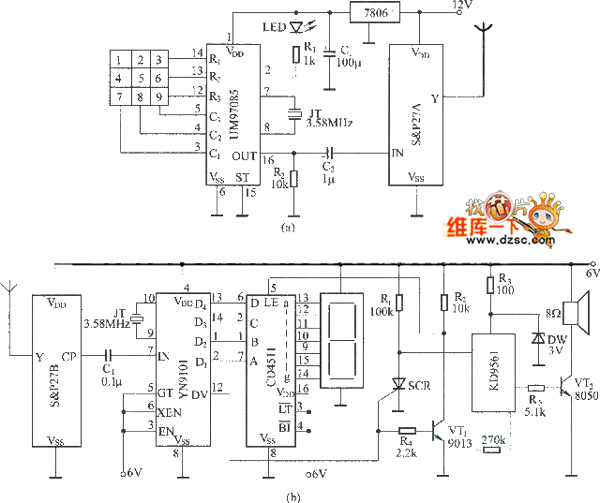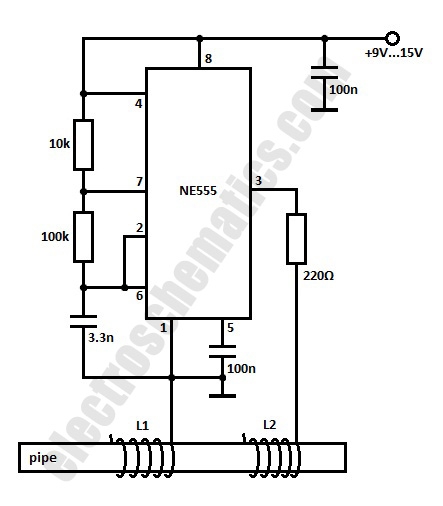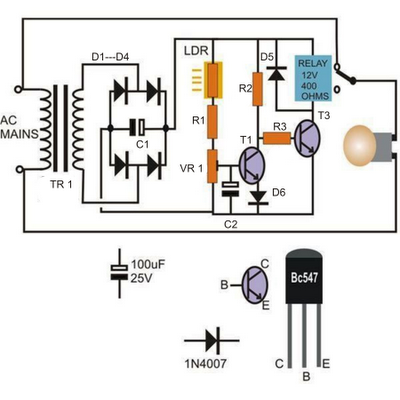
Secured room access system
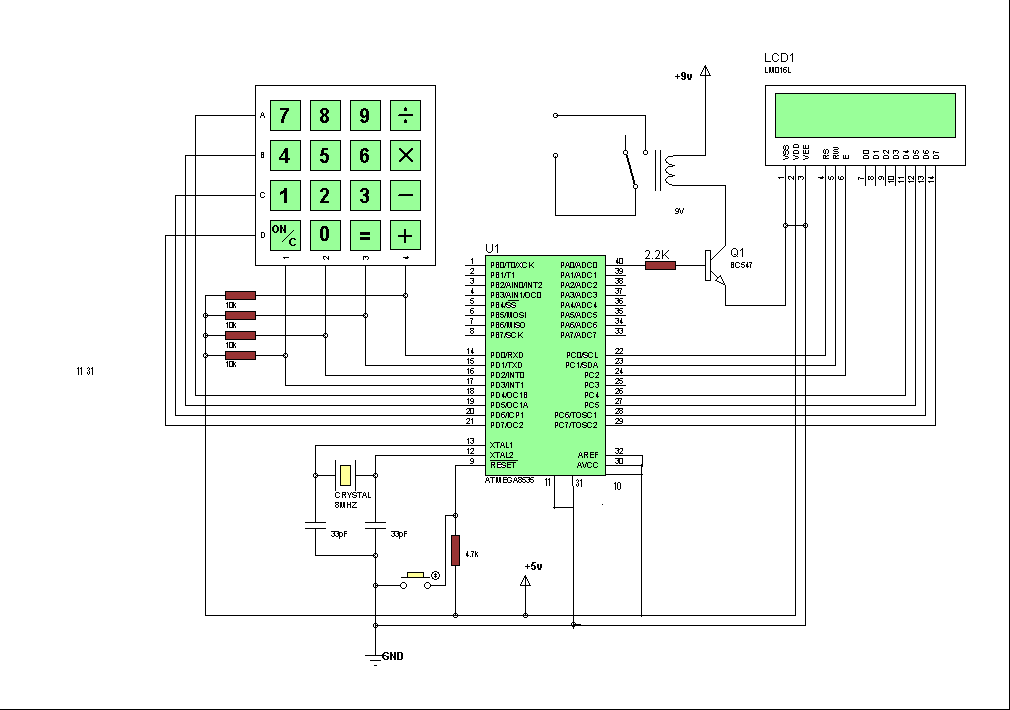
Security is a primary concern in daily life, and an access control system is a crucial component of a security framework. The microcontroller-based digital lock described here is an access control system that permits only authorized individuals to enter a restricted area.
The microcontroller-based digital lock operates by utilizing a microcontroller to manage access permissions. The system typically consists of several key components: a microcontroller unit (MCU), a keypad for inputting access codes, an electronic lock mechanism, and an optional display for user feedback.
The microcontroller is programmed to recognize specific access codes entered via the keypad. Upon successful entry of a valid code, the microcontroller activates the electronic lock mechanism, which can be a solenoid or an electric strike, allowing the door to be opened. Conversely, if an invalid code is entered, the system can be configured to provide feedback through visual indicators, such as LEDs, or audible signals, such as buzzers, to inform the user of the incorrect entry.
Additionally, the system can include features such as a timeout period after several failed attempts to prevent unauthorized access through brute force methods. Advanced configurations may allow the integration of RFID readers or biometric sensors for enhanced security measures, enabling a multi-factor authentication process.
Power supply considerations are also critical; the system may be powered by a standard AC source or battery backup to ensure continuous operation. Proper circuit design must include voltage regulation and protection mechanisms to safeguard the microcontroller and connected components.
In conclusion, the microcontroller-based digital lock represents a sophisticated solution for access control, combining user-friendly operation with robust security features to protect restricted areas effectively.Security is a prime concern in our day-to-day life. And access control system forms a vital link in a security chain. The microcontroller-based digital lock presented here is an The microcontroller-based digital lock presented here is an access control system that allows only authorised persons to access a restricted area 🔗 External reference
The microcontroller-based digital lock operates by utilizing a microcontroller to manage access permissions. The system typically consists of several key components: a microcontroller unit (MCU), a keypad for inputting access codes, an electronic lock mechanism, and an optional display for user feedback.
The microcontroller is programmed to recognize specific access codes entered via the keypad. Upon successful entry of a valid code, the microcontroller activates the electronic lock mechanism, which can be a solenoid or an electric strike, allowing the door to be opened. Conversely, if an invalid code is entered, the system can be configured to provide feedback through visual indicators, such as LEDs, or audible signals, such as buzzers, to inform the user of the incorrect entry.
Additionally, the system can include features such as a timeout period after several failed attempts to prevent unauthorized access through brute force methods. Advanced configurations may allow the integration of RFID readers or biometric sensors for enhanced security measures, enabling a multi-factor authentication process.
Power supply considerations are also critical; the system may be powered by a standard AC source or battery backup to ensure continuous operation. Proper circuit design must include voltage regulation and protection mechanisms to safeguard the microcontroller and connected components.
In conclusion, the microcontroller-based digital lock represents a sophisticated solution for access control, combining user-friendly operation with robust security features to protect restricted areas effectively.Security is a prime concern in our day-to-day life. And access control system forms a vital link in a security chain. The microcontroller-based digital lock presented here is an The microcontroller-based digital lock presented here is an access control system that allows only authorised persons to access a restricted area 🔗 External reference
